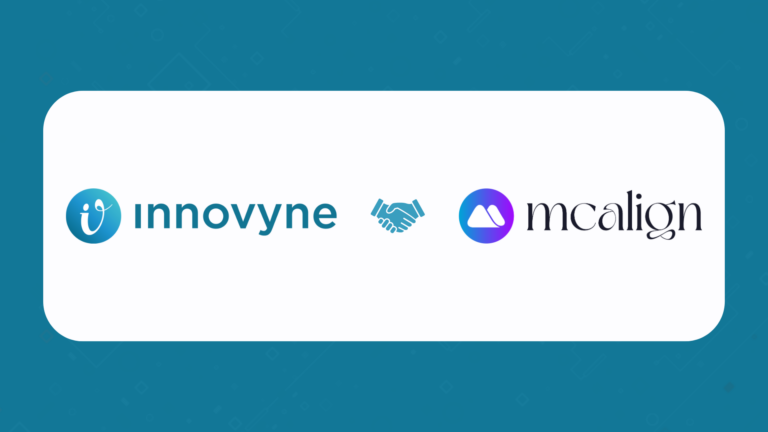With a complex matrix of requirements including but not limited to producer administration and incentives management, rule-based hierarchies, book of business tracking and strict compliance requirements, the insurance industry sees a fair share of complexity in the compensation and performance management arena.
The following are the most common SPM challenges in the insurance industry in relation to compensation management:
Limitations of Legacy Systems
One of the foremost issues when it comes to managing compensation effectively in the insurance industry is the inflexibility of existing systems. Core compensation systems are typically in-house, legacy solutions that are typically build on COBOL/mainframe. While these systems work well for existing base commissions, they pose significant difficult when changes need to be implemented in the existing plan or incentives framework. Legacy systems are typically designed to manage commissions. However, when it comes to incentives outside of base commissions, such as bonuses, these tools fall short in accommodating the requirements of a comprehensive compensation program.
Additionally, the insurance industry is no stranger to a multitude of strict compliance requirements. Usually these regulations require real-time data integration to third-party systems to ensure that all the appropriate information such as new or renewed licenses, background checks, education requirements compliance, etc. is captured and logged in real time as it directly affects the compensation rules. Gathering data from such sources, be it NIPR/PDB, DTCC, FINRA, etc. is fundamental to ensuring the relevance and accuracy of commission payouts.
In many insurance organizations, the commission systems are still owned by the IT departments. Given the complexity of the legacy systems and the need for real time information, business users are rarely self-sufficient to manage compensation or make any edits on their own which can cause the insurer to suffer losses in terms of time, productivity and in the worst case, agent trust and retention.
Compensation Complexity
The insurance industry holds the record for arguably retaining the highest complexity when it comes to incentive plans. From managing multiple hierarchies such as producers/brokers/carriers or policies, agent status such as active vs. inactive agents, channels such as captive vs. independent agents to the massive volumes of data contained in their books of business, managing compensation can quickly become a tangled mess in an inflexible system.
Seamless producer on-boarding is a point of particular concern for many insurance companies without a robust solution. Whether it is contracting, verification, appointments or tracking product training, manual processes that rely on input from multiple departments and management are prone to significant inefficiencies especially when it comes to time and costs. These processes, dependent on human intervention, are highly subject to errors and can easily impact regulatory compliance negatively as maintaining audit trails would require additional manual effort, time and follow-up.
Moreover, a clunky on-boarding process is likely to provide a weak or negative producer experience which can cause insurers to lose top-performing agents. Hierarchy assignments and changes pose a similar level of difficulty. For example, without a reliable system, making mass changes to any given hierarchy may not only mean incorrect commissions but a massive undertaking of troubleshooting given a lack of accurate audit trails.
Moreover, inflexible workflows and maintaining and editing intricate performance plans with multiple metrics such as line of business, retention, persistency, loss ratio, growth, premium contribution by product, etc. add another layer of complexity to the already error-prone manual processes.
Lack of Visibility
In addition to the lack of visibility from an administrative standpoint into the incentives framework, compensation administrators can rarely provide producers with an accurate look into their commissions’ data without the right solution.
Typically, in-house systems allow for poor compensation reporting, usually consisting of text-based transaction statements and summary commission payout statements in paper or static file format. Unfortunately, this raises more questions than it provides answers, increasing the number of inquiries for a compensation administrator to answer. And without the right tools to quickly pull ad-hoc reports, administrators can spend hours looking through the volumes of compensation data to answer a single inquiry.
Unfortunately, the lack of data transparency can cost both the producer and the administrator precious time and trust in the information, which can ultimately prove immensely detrimental to the insurer’s business performance.
Savvy insurance companies have realized that leveraging purposefully designed solutions allows them to automate repetitive tasks, gain visibility into the layers of the required information, work with data in real-time and have the flexibility to make changes easily without IT involvement. Best-in-class Sales Performance Management solutions are built to address the specific challenges of the insurance industry and can help insurers with comprehensive producer management from agent onboarding to accurately calculating and distributing commission payouts.
Contact InnoVyne Technologies to learn more about how we help you address SPM challenges in the insurance industry.



